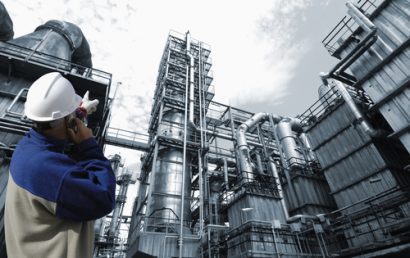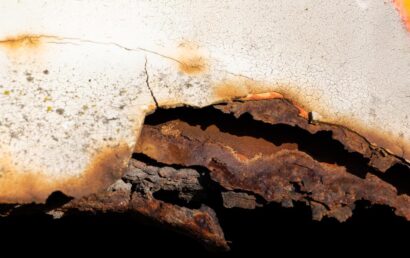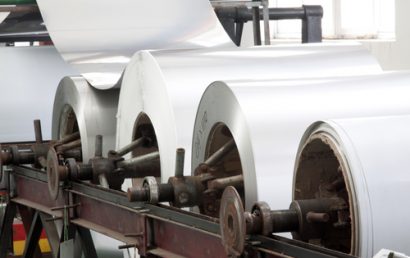Industry Spotlight: Printing Machinery
Printing machinery needs protection. Surface properties that are highly desirable when it comes to the components used in and on printing machinery are chemical resistance, sacrificial wear, insulation, and lubricity. Thermal spray coatings can be used to provide all of these.
Printing Machinery and Thermal Spray
In numerous kinds of printing machines, the rotating and moving parts can be resurfaced and reengineered through thermal spray. Included are steel rollers, papermaking machines, paper presses, and more.
As an example, the packaging and printing industry extensively make use of rubber coated steel rollers. These are used in transportation of paper and for applying adhesives and ink. Over time, the performance of a roller is affected because its end bearings become saturated with debris. Coatings of aluminum alloys, steel, and stainless steel, when applied in this situation, can be used to restore a roll’s worn journals. But, before that wear occurs, wear resistant coatings can be applied to minimize the chance of needing reengineering.
Thermal spray coatings have a clearly defined place in the printing industry: To, where machinery is concerned, offer solutions that aim at reduced operational costs and increased operational efficiency. To do that, within the process, thermal spray coatings must eliminate wear and corrosion.
Time for an Upgrade?
In the printing and paper industries, the components used can have properties added to them or be upgraded through a variety of coating techniques. This is a specialized area of expertise that should only be executed by experienced, reputable companies such A & A Coatings. Other solutions can consist of insulation, the prevention of corrosion and erosion, the application of anti-corrosion coatings, heat sealing, reconditioning, and repair. Whether it is repair or upgrading, however, thermal spray coatings can be the answer do your print industry problems.
Characteristics of Thermal Spray Coatings
A number of technologies can be used in the application of thermal spray coatings. Let’s take a look at three different technologies, including HVOF, plasma, and wire spray. Each of them has their own characteristics as evidenced by the following:
- HVOF – Here, the apply cost is moderately high but valuable, porosity is low, and the bond strength is high.
- Plasma – With plasma, the applied cost is moderate, porosity moderately low, and the bond strength is moderate.
- Wire spray – Here, the applied cost is pleasantly low, porosity high, and bond strength is moderate to high.
Coating materials can consist of fully alloyed, agglomerated, blends, powders, and wires. Metals will consist of alloys (i.e., Co, stainless steel, bronze, etc.) or pure (Ta, Cu, Al, etc.). Carbides, or intermetallics, can come into play. Ceramics are also frequently used in thermal spray processes, as are inorganic and organic sealers. And coating properties and finishes can vary.
As you can see, the process and result of thermal spray coatings is all but cut and dry. At A & A Coatings, we are fully versed in the printing industry and how our surface coatings can be of assistance. If you would like to discuss how today’s thermal spray coatings can benefit your industry, whether you are in the printing business or not, contact us today. One of our representatives will be happy to explain thermal spray coatings and how they are making a difference in modern industry.



